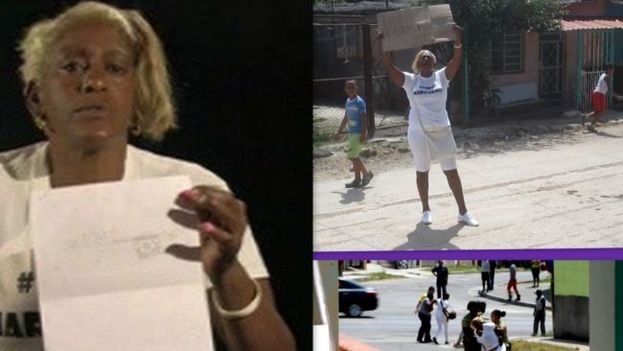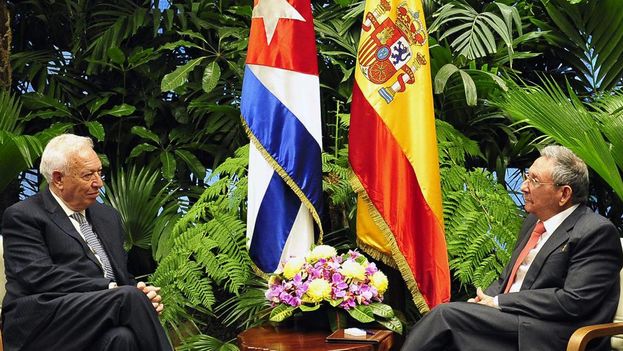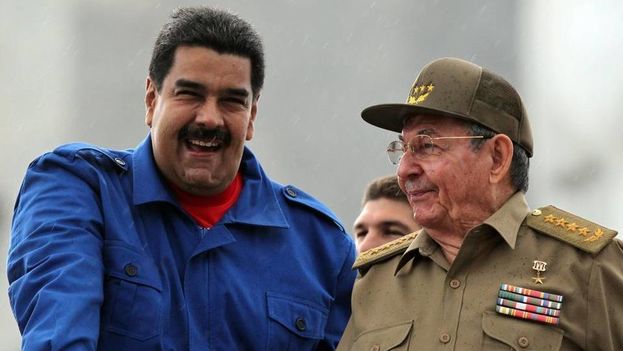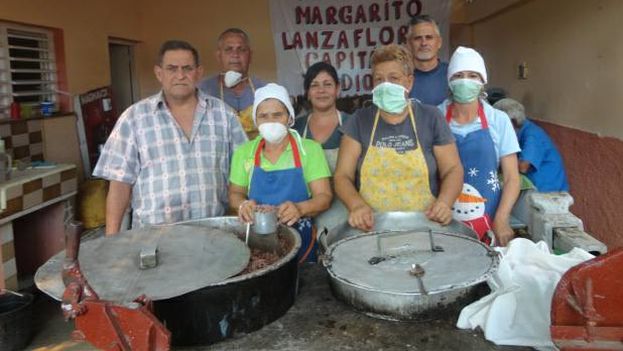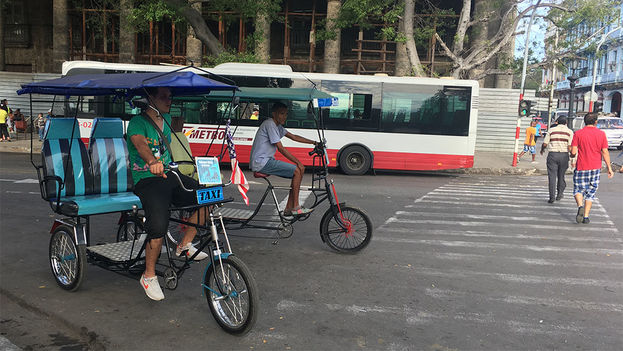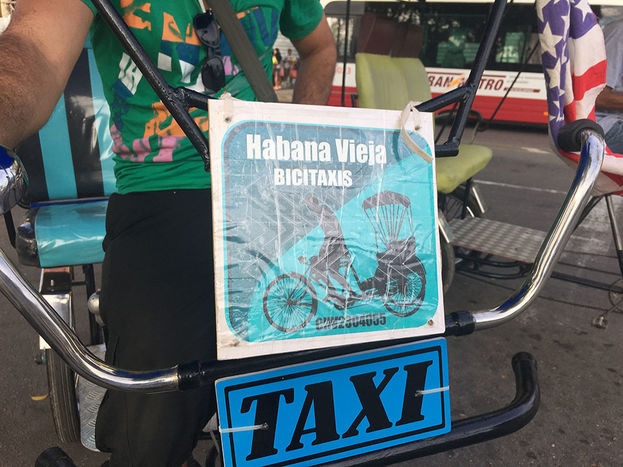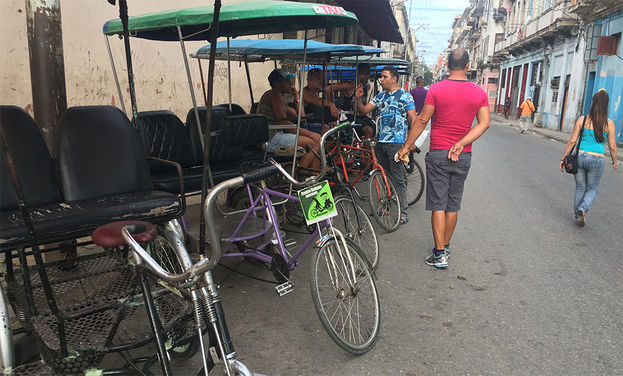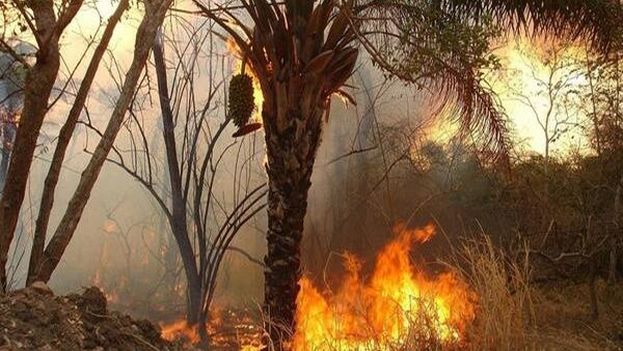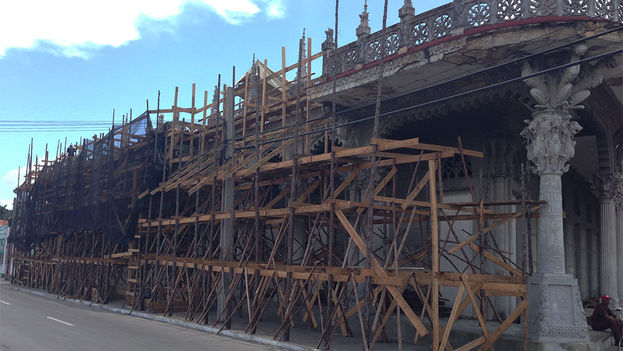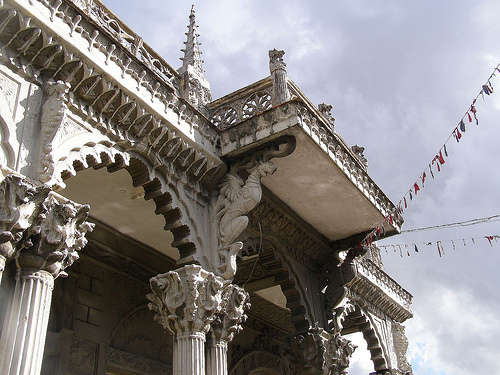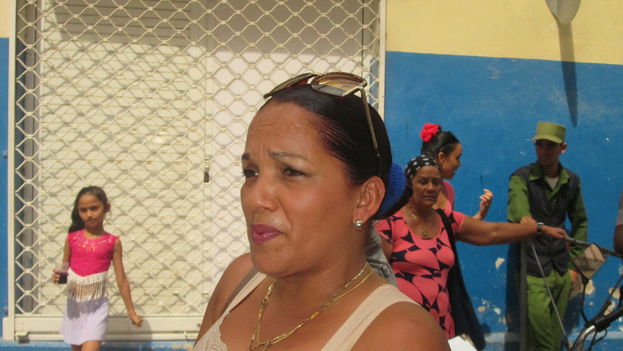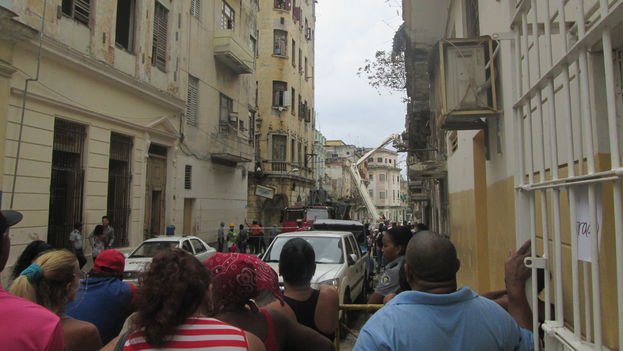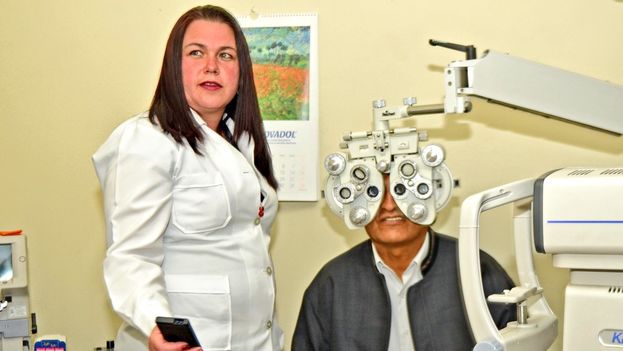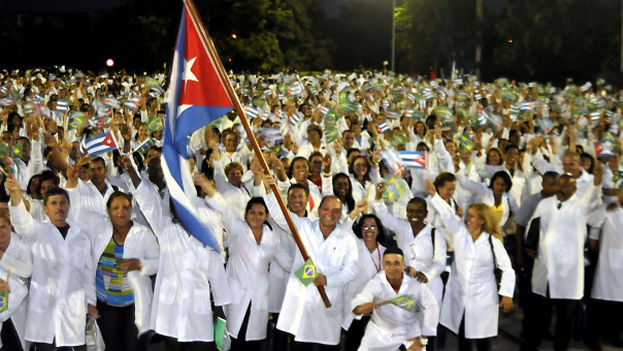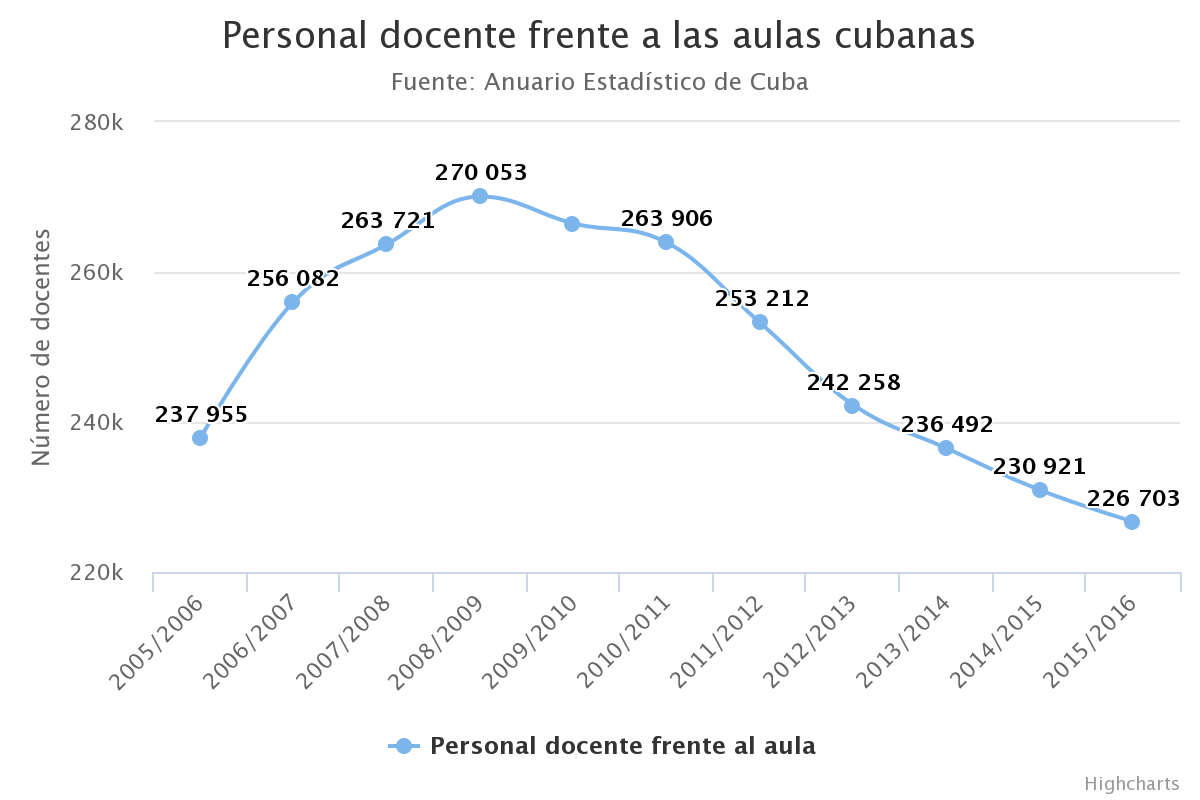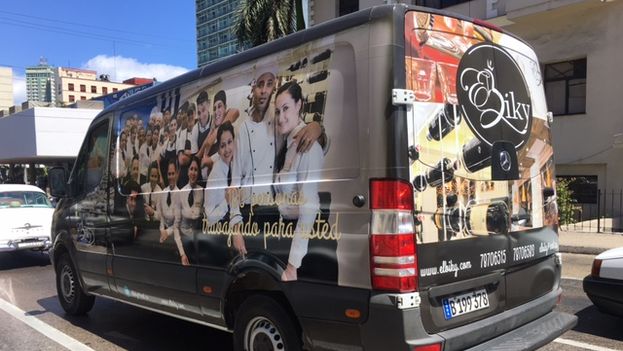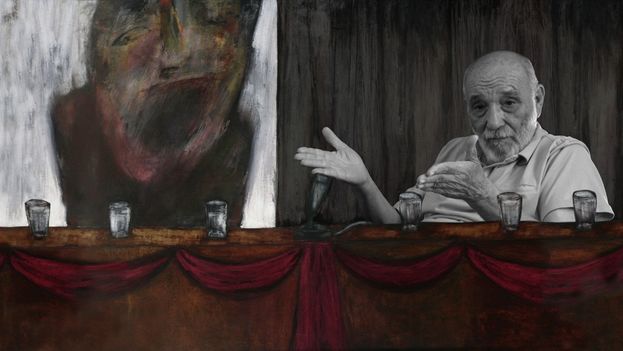Such a strategy cannot end well, especially when thousands of street protesters are not only motivated by the defense of democracy, but also by the reluctance to accept the imposition of forced present and future poverty for a nation that should be one of the richest on the planet. Decent Venezuelans will not accept the imposition of the Castro-style dictatorship that is trying to slip in their country. continue reading
Thus, “Maduro-phobia” has become viral, people have taken to the streets and will make sure that they will stand in protest until their demands are met, which involve the return of the country to the constitutional thread, to legality, to the rule of law, that is to say, without Maduro.
Maduro, allegedly elected by the popular vote, continues to accelerate his presidential metamorphosis into a person of the purest traditional Latin American style, capable of launching the army and hundreds of thousands of armed criminals against their (un)governed compatriots
As the Venezuelan crisis increases in its polarization, Nicolás Maduro, allegedly elected by the popular vote, continues to accelerate his presidential metamorphosis into a person of the purest traditional Latin American style, capable of launching the army and hundreds of thousands of armed criminals against their (un)governed compatriots who have decided to exercise their right to peaceful demonstration.
So if it is true that the terrible decisions of the Venezuelan government are guided by and directed from the Havana’s Palace of the Revolution, the intentions of the Cuban leadership are, at least, very suspicious. Such recommendations from the Cuba’s high command would drag the Chávez-Maduro regime directly down an abyss, and Venezuela toward the greatest chaos.
That is to say, if the Castro clan really ordered Maduro to radicalize a dictatorship and to cling to power against the will of the majority of Venezuelans, by applying repression and force to achieve it, even though this would mean the end of the “socialist” regime in Venezuela -with the consequent total loss of petroleum subsidies for the olive green cupula, as well as the income capital sources from health professionals services- would be a challenge to logic.
Such a strange move, in addition to Raúl Castro’s significant absence at the recent ALBA political meeting held in Havana as a show of support for the Venezuelan government, the official reluctance to directly accuse the US government of the popular expressions of rejection against the regime of Nicolás Maduro inside and outside Venezuela, the suspicious silence or minimization of the facts on the part of the Cuban official press about what happens in Venezuela, and the unusually circumscribed condemnation pronouncements “to the regional rightist coup” – which, in any case, have stemmed from the Cuban government’s political and mass organizations and other non-governmental organizations, and not directly from it –we can only speculate about the possible existence of secret second intentions on Cuba’s part.
It would be childish to assume that the Cuban government does not know the magnitude of the crisis of its South American ally, since it is known that it is widely infiltrated by Castros’ agents.
It would be childish to assume that the Cuban government does not know the magnitude of the crisis of its South American ally, given that – as it has been transcended by testimonies from authorized sources in various media over the years – both the army and the repressive and intelligence Venezuelan bodies are widely infiltrated by Castro’s agents, so it may be assumed that the regime’s political strategists have some idea of a solution, at least in what concerns Cuba.
One example is the case of Cuba’s aid workers, which are in Venezuela in the tens of thousands. We cannot ignore the serious danger faced by Cuban professionals in the health sector and in other services, who work in Venezuela as “collaborators” in ALBA programs, in the very probable case of a violent chaos in that country. How, then, would one explain the folly of advising, or at least supporting, the violent actions of the Venezuelan regime? Why don’t the official media offer more accurate information, specifically about the safety of our countrymen in Venezuela? What is the contingency plan to safeguard the lives of these Cuban civilians in case the Venezuelan humanitarian crisis is aggravated by the violence incited from power?
Cuba’s past history is disastrous. It is not wise to forget that the same person who occupies the power throne in Cuba today is the same subject that commanded the Armed Forces when thousands of Cubans were sent to fight (and to die) in Angola, Ethiopia, Nicaragua, Bolivia and other remote points of the world’s geography. Fidel Castro, who was never in a real war, was the one who had – at least de jure, not de facto – the actions of the Cuban army when, in 1983, civilian workers were ordered to participate in the construction of an airport on the Island of Grenada who fought back the US Marines during the invasion of that small Caribbean country.
When one speaks of the profits of the Castro regime, one usually thinks in terms of money. However, the harvests of innocent martyrs have always brought the Cuban regime valuable political returns and allowed for a temporary respite. Now, when the glory years of the “revolution” have passed, when just a few naive ones believe in the discourse of the olive green big shots, and the predominant feelings of Cubans are disappointment, apathy and uncertainty, and when the very “socialist model “is only a sad compendium of failures and promises of infinite poverty, it would not be surprising that the Castrocracy is considering the possibility of nourishing its moral capital at the expense of the sacrifice of the helpless professionals who lend their services in Venezuela.
It no longer seems possible to mobilize the Cubans as in the days of the gigantic marches for “the boy Elian,” to cite the most conspicuous example, but neither should we underestimate the regime’s histrionic capacity and social control.
It would be particularly easy for the government to take advantage of several dozen Cuban doctors and technicians – the numbers are not important for the government leadership, as long as the people provide the corpses – that turn out victims of the violence of “the stateless ones who sold out to the empire” in Venezuela, to try to ignite some spark of the quasi withered Cuban nationalist and patriotic feeling and to gain some time, which has been the main goal of the power summit in Cuba in recent years.
It would not be unreasonable to consider this possibility, especially in a population that mostly suffers from a lack of information, which makes it susceptible to all sensory manipulation. It’s true that times have changed, and that, to some extent the penetration of a few information spaces -spread by the precarious access to technology – makes the consecration of the deception on a massive scale difficult. It no longer seems possible to mobilize the Cubans as in the days of the gigantic marches for “the boy Elian,” to cite the most conspicuous example, but neither should we underestimate the regime’s histrionic capacity and social control. Suffice it to recall the tearful and blaring spectacle displayed during Fidel Castro’s funeral novena.
In any case, and since the strategy of harvesting victims has often been applied successfully, perhaps the caciques are considering the possibility of taking advantage of the wreck of the Castro-Chavez ship. That’s how warped they are. It shouldn’t come as a surprise that the narco-elite from Miraflores and their cohorts have made a pact with the Cuban honchos to escape to Havana in case they find it impossible to keep the scepter.
For now, it is a fact that the Cuban-Venezuelan soap opera is experiencing a truly dramatic escalation these days and nobody knows what the outcome will be. But in the midst of so much uncertainty, one thing seems irrefutable: what is currently being played out in Venezuela is not only the future of that nation, beyond the adversities of Nicolás Maduro and his cronies, buy the course of the next steps of the Cuban regime, which continues to be the absolute owner of the Island’s destinies. So, tell us, General Castro, what is Plan B?
Translated by Norma Whiting
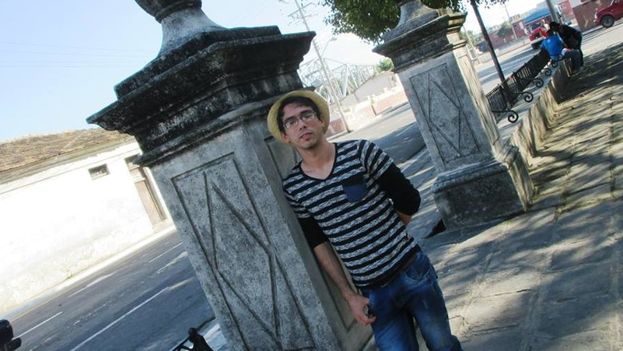
![]() 14ymedio, Havana, 25 Havana, 25 April 2017 — The independent magazine El Estornudo (The Sneeze) has denounced Monday’s detention of its collaborator Maykel González Vivero. The young journalist was detained at Marta Abreu de las Villas Central University, while reporting on the expulsion of journalism student Karla Pérez González.
14ymedio, Havana, 25 Havana, 25 April 2017 — The independent magazine El Estornudo (The Sneeze) has denounced Monday’s detention of its collaborator Maykel González Vivero. The young journalist was detained at Marta Abreu de las Villas Central University, while reporting on the expulsion of journalism student Karla Pérez González.
